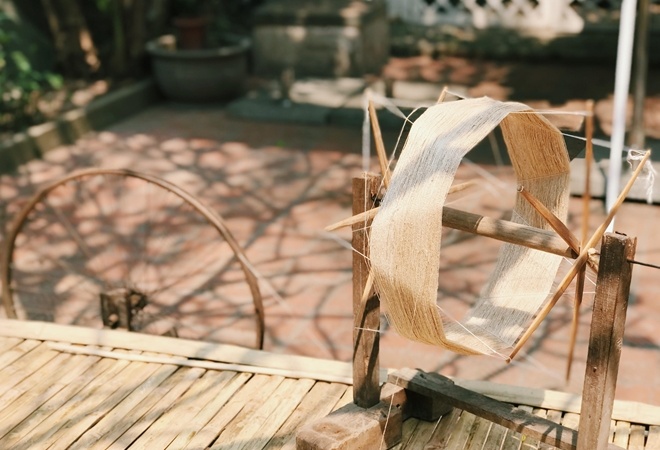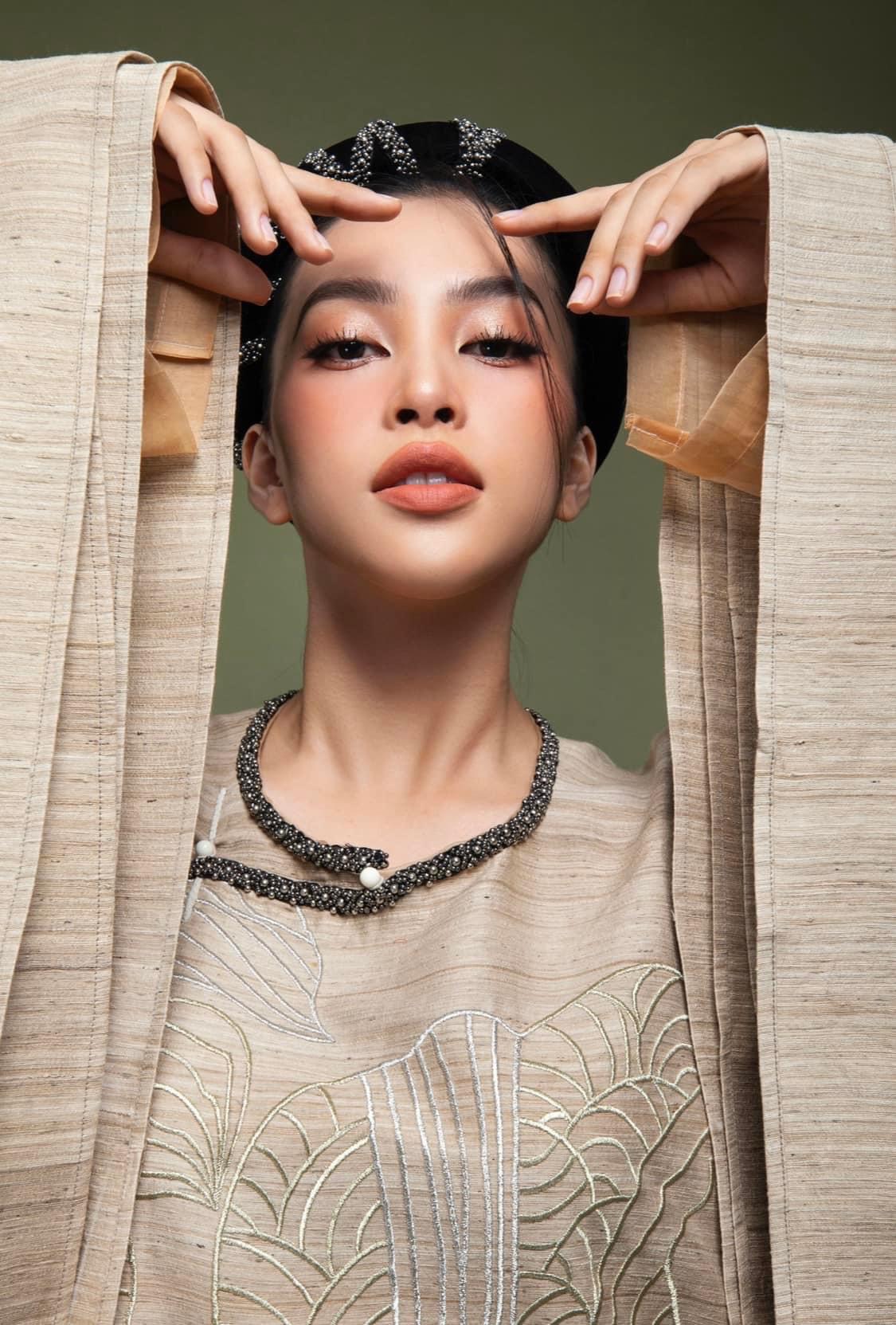
In the history of the global silk industry, although Vietnam may not be considered an "empire" on the great silk road of humanity, it is recognized as a country with a long-standing silk tradition, spanning thousands of years. Vietnam has many famous regions for mulberry cultivation, silkworm farming, and silk weaving, such as Cổ Đô, Vạn Phúc (Hanoi), Nha Xá (Hà Nam), Cổ Chất (Nam Định), Bảo Lộc (Lâm Đồng), and the handmade Nam Cao silk village (Thái Bình).
Smooth, lustrous, and noble, silk has been regarded for thousands of years as a high-end, luxurious commodity, symbolizing power and status for the elite. At one point, it even held a higher value than gold and was used as a form of currency in trade, commerce, and exchanges between nations along the legendary silk road.
In Vietnam, according to historical records, the practice of mulberry cultivation, silkworm farming, and silk weaving dates back to the time of the Hung Kings, over 4,000 years ago. From silk, the Vietnamese people have created many distinctive types of silk, such as: Trừu (coarse, thick silk); the (light, bright silk); sa (thin, smooth silk); lượt (thin, smooth silk); xuyến (thicker, smooth silk, bright color); nhiễu (thick, durable, smooth silk); lãnh (smooth, thick silk dyed black); đoạn (a higher-quality version of lãnh); vóc (shiny, smooth silk with floral patterns); văn (large floral patterns, thick, high-quality silk); and gấm (the finest, most luxurious silk).
Vietnamese silk has been famous for its smoothness, fine texture, and durability, rivaling that of silk from China, Japan, and other countries.
The aesthetic appeal and luxury of mulberry silk

First of all, when we think of mulberry silk, we immediately imagine the graceful, airy, feminine áo dài (traditional Vietnamese dress). Áo dài made from mulberry silk brings a luxurious, noble, and sophisticated beauty.
Thanks to its soft texture and excellent air circulation, mulberry silk áo dài provides comfort and a refreshing feeling, especially on hot summer days. Moreover, mulberry silk áo dài has the ability to create soft, smooth lines on the body, enhancing the beauty of the wearer.
In the fashion industry, besides the áo dài, mulberry silk is increasingly establishing itself as one of the materials favored by designers for their high-end fashion collections and products.
Mulberry Silk is Good for Health
Woven from natural silkworm fibers, mulberry silk contains no chemicals, nylon, or synthetic fibers. As a result, silk is extremely skin-friendly and suitable for people with sensitive skin. Notably, silk fibers do not contain fabric dust that could hinder your respiratory system. Moreover, silk has the ability to resist stains, mold, and allergens. Silk products are especially beneficial for infants and young children, helping prevent issues like sweating, colds, and heat rashes.
Additionally, silkworm cocoons contain a range of essential compounds for all skin types, such as silk proteins, sericin, and 12 special amino acids, which help maintain healthy skin and slow down the aging process.
Today, as the world continues to develop, mulberry silk still retains its inherent value and is becoming increasingly popular worldwide. Mentioning mulberry silk is no longer unfamiliar to many, and with its benefits and value, mulberry silk has become a meaningful gift choice for many people.
"I have dreamed, and today that dream has touched the hearts of others." That is the most sincere and profound feeling expressed by Founder Tam Do during the exhibition "Ancient Silk - Today's Soul," which recently concluded in March 2025 at the Interconnection My Dinh.